After last night’s story on the Australian Government’s internet content filtering legislation and its potential impact on virtual worlds, the response has been astounding. Today has seen the largest ever traffic on The Metaverse Journal. Like any issue, there are a few camps of thought:
1. Those who have significant concerns that environments like Second Life will end up being banned.
2. Those who have significant concerns, but cannot believe the Australian government would be so misguided as to oversee such a ban.
3. Those who believe the whole idea is hype and/or scaremongering and that the Federal Government will not take such a scattergun approach.
4. Those who support the proposed legislation.

I tend to fall in the second camp, because there are innumerable examples of governments making policy that has unintended consequences for individuals not intended to be targeted by a new law. In fact, most legislation does that, it’s just that this proposition particularly stands out for its gaps in logic and potential to harm some really good work going on within Australia.
There’s certainly a chance that the final legislation, if passed at all, will have taken into account the intricacies of virtual worlds. I’m not holding my breath on that though, unless there’s some concerted efforts by Australians on the issue. Telstra and the ABC have plenty to lose and it’s both those organisations that could make a difference in sanity checking the final legislation. The hundreds of thousands of virtual environment consumers in Australia also have a large voice, if there’s a timely response in the event a ban does seem embedded in the legislation.
There’s plenty of time for these issues to be teased out – determining the Minister’s willingness to do so is the biggest unknown. We’ve contacted Senator Conroy’s office but unsurprisingly there’s been no response. What are your thought? Is it all a storm in a teacup, a call to action or a big yawn?
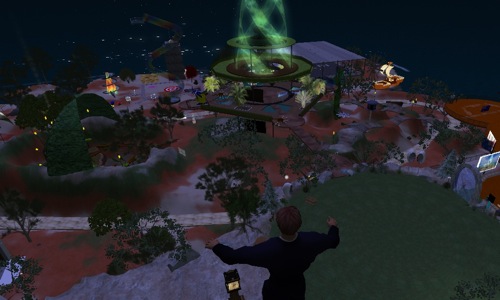

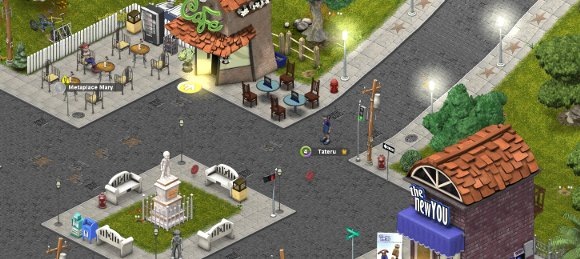
 Views of spaces can be customized, UI widgets can be added. There’s a great deal of support for building game-spaces, and if I were able to spare the time for making a game, Metaplace is definitely where I’d want to be doing it.
Views of spaces can be customized, UI widgets can be added. There’s a great deal of support for building game-spaces, and if I were able to spare the time for making a game, Metaplace is definitely where I’d want to be doing it.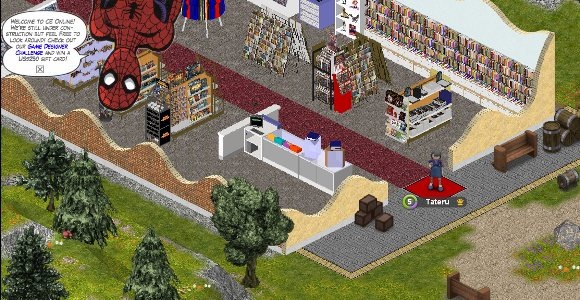

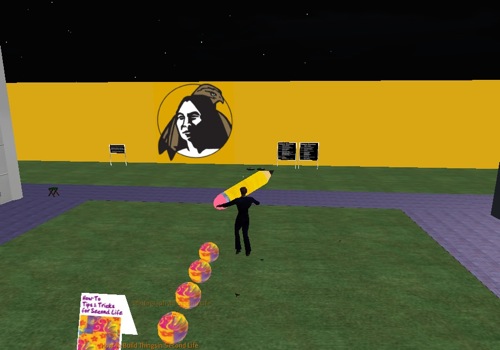
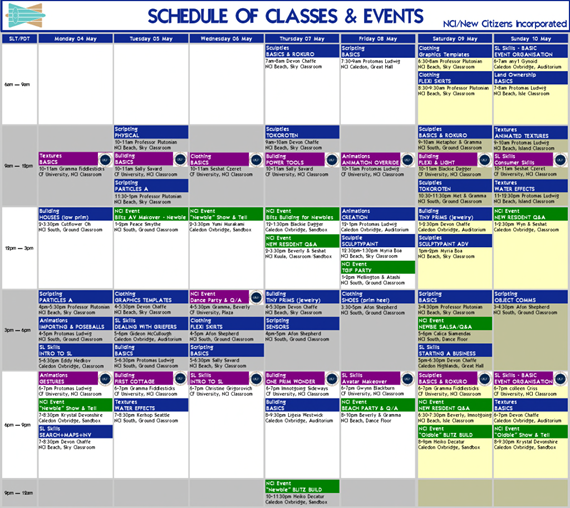
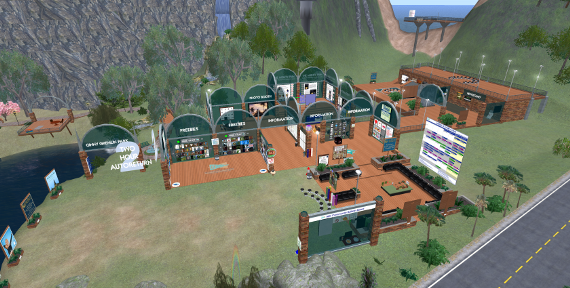
 When I used to take the train home from school everyday, I would admire how the lighting outside would seep over the windows, until they were a golden hue and it was too bright to see through them. It was like all the people, ending their active work days, would be lost in a tunnel of celestial yellow skies. You couldn’t help but smile, no matter how bad your day was.
When I used to take the train home from school everyday, I would admire how the lighting outside would seep over the windows, until they were a golden hue and it was too bright to see through them. It was like all the people, ending their active work days, would be lost in a tunnel of celestial yellow skies. You couldn’t help but smile, no matter how bad your day was.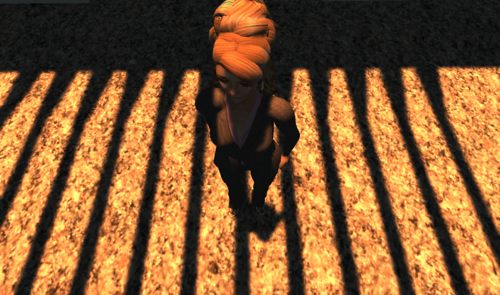

 Late last year, Grossman Tucker Perreault & Pfleger announced that they had successfully registered as a trademark the multidimensional likeness of Aimee Weber, the Second Life avatar of New York content-creator and businesswoman Alyssa LaRoche.
Late last year, Grossman Tucker Perreault & Pfleger announced that they had successfully registered as a trademark the multidimensional likeness of Aimee Weber, the Second Life avatar of New York content-creator and businesswoman Alyssa LaRoche.
Recent Comments